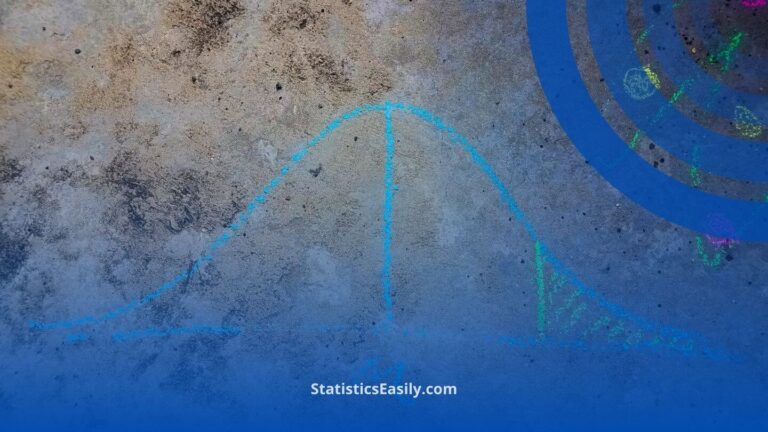7 Strategies to Optimize Your Statistical and Data Analysis Workflow
You’ve wanted to streamline your data analysis processes, but it seems overwhelming. It doesn’t have to be. You can start right now. Try any of these quick tips to enhance your workflow immediately. The best part? None of these are hard to implement.
Ad Title
Ad description. Lorem ipsum dolor sit amet, consectetur adipiscing elit.
Take Charge
The first step to optimizing your workflow is to take control. We often need to catch up when we feel overwhelmed by our datasets, projects, or deadlines. Consciously deciding to take control of your workflow is crucial for effective data management. This means setting clear goals and priorities, defining your approach to analysis, and committing to a disciplined work ethic. When you take charge, you empower yourself to make strategic decisions that improve efficiency and productivity.
Create a Task List
You’ll achieve nothing without some level of organization. Start by listing all the tasks and projects you need to manage. This initial list will be invaluable in keeping you on track and ensuring you notice all critical aspects. Break down your larger projects into smaller, manageable tasks. For example, suppose you’re analyzing a large dataset. Your list might include steps like data cleaning, exploratory analysis, hypothesis testing, and result visualization. This approach ensures you can monitor progress and focus on each aspect of your work.
Document Everything
As you streamline your workflow, ideas and insights will occur. Keep a notebook or digital document handy to jot down these thoughts. This way, you will remember any innovative analysis techniques or critical insights and can remember to implement them later. Detailed documentation also includes maintaining a record of your data sources, methodologies, and any assumptions made during your analysis. This practice not only aids in reproducibility but also provides a reference for future projects.
Categorize Your Data
Data clutter can be as problematic as physical clutter. Organize your data into categories: data to keep, data to discard, and data to archive. Be ruthless in this process. A good rule of thumb is to discard data that doesn’t provide value or hasn’t been used in a long time. Pro tip? Don’t tackle your entire dataset at once. Start with smaller subsets to avoid feeling overwhelmed. This categorization helps create a cleaner workspace and ensures your analyses are based on the most relevant and high-quality data.
Ad Title
Ad description. Lorem ipsum dolor sit amet, consectetur adipiscing elit.
Designate Storage Solutions
Once you know what data to keep, decide where to store it. Disorganization often stems from inadequate storage solutions. If you don’t have a proper place for your data, consider alternative storage options or re-evaluate its necessity. Use cloud storage solutions for easy access and collaboration, or set up a structured database for more extensive datasets. Proper storage solutions prevent data loss and facilitate quicker retrieval and analysis.
Use a Calendar
Nothing enhances organization like a calendar. Schedule all your tasks, deadlines, and project milestones. Utilize your phone’s reminder functions for upcoming analysis deadlines and meetings. This will help you manage your time more efficiently. Consider using project management tools that offer Gantt charts or Kanban boards for long-term projects. These tools help visualize your workflow, track progress, and ensure timely task completion.
Overprepare
Having extra resources, especially those you frequently need, is often beneficial. This prevents last-minute scrambles for tools or data, ensuring your workflow remains uninterrupted. Stock up on essential software licenses, maintain backups of critical data, and provide you with access to necessary computational resources. Overpreparing also includes upskilling yourself with the latest techniques and tools in data analysis, ensuring you are always ready to tackle new challenges efficiently.
By implementing these strategies, you’ll find that managing your statistical and data analysis projects becomes much more manageable, allowing you to focus on delivering accurate and insightful results.
Recommended Articles
- Statistics is the Grammar of Science
- Design of Experiments: Elevating Research with Precision
- Those Who Ignore Statistics Are Condemned to Reinvent it
- Descriptive Statistics and Inferential Statistics: Simplifying Data Analysis
- Richard Feynman Technique: A Pathway to Learning Anything in Data Analysis








